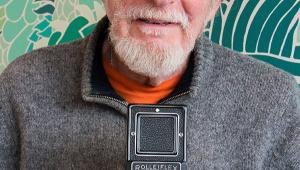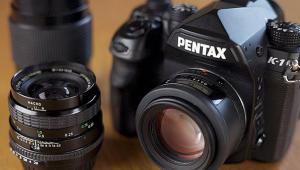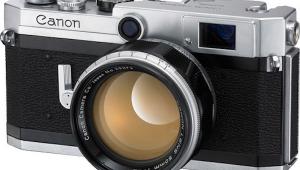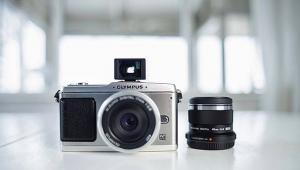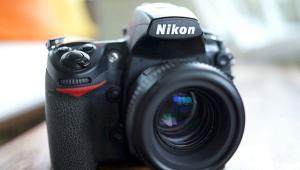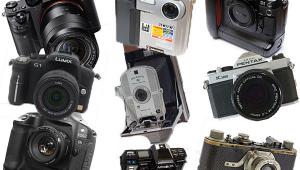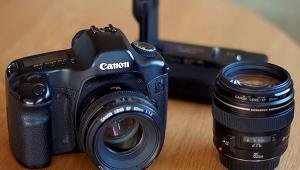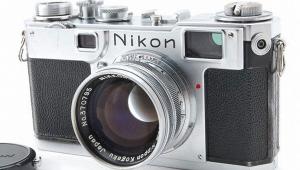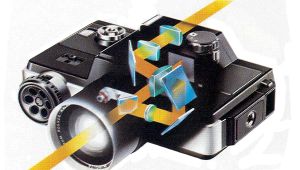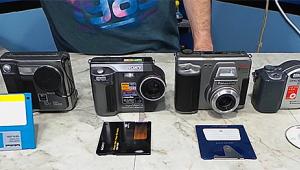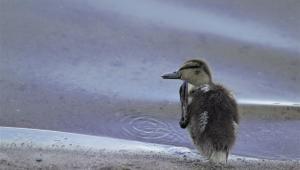Classic Cameras
Just Hold A Pentax
Just hold a Pentax. That was the slogan, 30 and more years ago--and very clever it was. The light, svelte, elegant SV (also sold as the H3V) was so lovely that if you did hold one, you wanted it. Next to its main rival, the Nikon F, it looked like a ballet dancer beside a boxer; and it handled closer to a reflex Leica than Leica's own reflexes (remember the original monster Leicaflex?). A Brief History Of Asahi/Pentax Back To The SV |
- Log in or register to post comments



